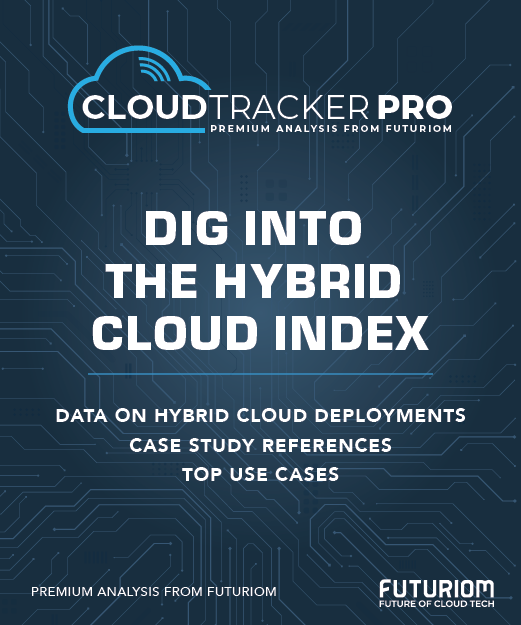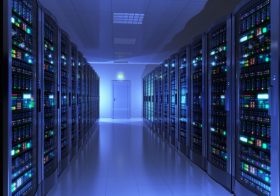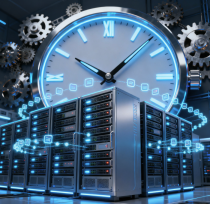Stargate Mysteries Multiply

How is the Stargate project announced in January 2025 actually progressing? That’s the question raised today by dueling reports on the status of the partnership and its planned buildouts.
This morning, a Wall Street Journal report stated that work on the plan is stalled amid disagreements between partners OpenAI and SoftBank. Citing persons familiar with the matter, the WSJ said OpenAI and SoftBank have clashed over terms of the partnership, including picking the locations of the planned datacenters. The result has reportedly been a pared-down goal to complete a small datacenter by year’s end, perhaps in Ohio, the article said.
No sooner had the WSJ story gone live than OpenAI posted a blog stating that OpenAI and Oracle, which is also a partner in Stargate, have jointly agreed to build out an additional 4 gigawatts of datacenter capacity in the U.S. Added to the 1.2 gigawatts estimated for the first Stargate datacenter buildout underway in Abilene, Texas, that brings OpenAI’s total Stargate datacenter capacity under development to over 5 gigawatts.
So where’s the downside? And who’s right about the Stargate stall? Let’s take a closer look.
Here’s What We Know (and Don’t Know)
Amid all the gigawatts being touted, some items can be pinned down, as follows:
The Abilene Datacenter
What we know: Work continues on the Stargate datacenter buildout in Abilene, Texas. Reportedly, Crusoe, another partner in Stargate, is building out the physical infrastructure, including a controversial natural gas fueling system. The Abilene facility is set to be powered on in 2026 at a total cost of $15 billion.
What we don’t know: The WSJ stated that SoftBank isn’t part of the Abilene project, though OpenAI says it is. Reportedly, OpenAI and SoftBank have clashed over the potential deployment of renewable energy from a company named SB Energy, which is partially owned by SoftBank.
The lack of clarity around SoftBank’s involvement in the Abilene datacenter isn’t surprising, given the hyperbole, mixed information, and general lack of detail that’s haunted the project from the start. Clearly, time will reveal the actual status of buildouts.
OpenAI’s Other Projects
What we know: Aside from the Abilene buildout and the new 4-gigawatt deal with Oracle unveiled today, OpenAI CEO Sam Altman has been engaged in non-Stargate projects to build datacenters to fuel his company’s work. Among these is a deal with Oracle for $30 billion in datacenter capacity starting in 2026. (Yes, Oracle’s $30 billion “mystery partner” is OpenAI.) OpenAI also has signed with CoreWeave for $15.9 billion in compute capacity.
What we don’t know: The relationship between SoftBank and OpenAI remains murky, though today’s announcement from OpenAI aimed to snuff out any doubts about the strength of the partnership. Here’s a quote:
“Complementing this expansion with Oracle, our partnership with SoftBank is moving forward with strong momentum. Both are critical to meeting OpenAI’s continually expanding compute needs.”
The Money Question
All of this AI buildout isn’t cheap, and it’s questionable how the ultimate goal will be reached. OpenAI’s initial Stargate contribution was $19 billion, buying it a 40% share of the partnership. SoftBank likewise paid $19 billion for its 40% share. Oracle and UAE investment firm MGX have minority stakes.
But how these partners will raise $500 billion for datacenter buildouts by 2029 isn’t clear. Recall how Elon Musk doused Stargate enthusiasm by posting on X after the initial announcement in January: ““They don’t actually have the money…. SoftBank has well under $10B secured. I have that on good authority.”
SoftBank in December 2024 pledged a $100 billion investment in U.S. datacenter buildouts over the next four years. It’s not clear whether this was the $100 billion cited as the initial investment in Stargate.
OpenAI: The Wild Card
A central question in all this is whether OpenAI will be able to afford all of its datacenter commitments. The AI company is reportedly losing $5 billion annually, though it recently reported reaching $10 billion in annual recurring revenue (ARR). Though OpenAI expects to score $129 billion in ARR by 2029, that’s also the first year it expects to see profitability. Losses could eat into that figure significantly if last year is any indication, pushing the company to borrow big sums to keep going.
OpenAI scored $40 billion in funding this year in a round led by SoftBank with contributions from Microsoft, Coatue Management, Altimeter Capital, and Thrive Capital. OpenAI’s announced commitments already top that. Clearly, the company is in a race to gain the datacenter capacity it needs to reach its $129 billion goal within four years.
To Wrap Up
We know that the Stargate project is alive and well in Abilene, Texas. Beyond that, it’s not clear where the next ground is or will be broken. We also know that OpenAI and SoftBank continue to put a happy face on their partnership, while behind closed doors there seems to be contention over how to implement their plans.
We also know that OpenAI has spent or agreed to spend over $64 billion in upcoming datacenter projects that it expects to help bring it to profitability by 2029. While losing billions annually, OpenAI will probably continue to raise cash to complete its plans. Whether those plans come to fruition remains to be seen.
Futuriom Take: The actual progress of the Stargate project remains a mystery. Meanwhile, OpenAI, in a race against time, will probably continue to rely on outside investment to help it garner the datacenter resources it needs to achieve profitability.

















